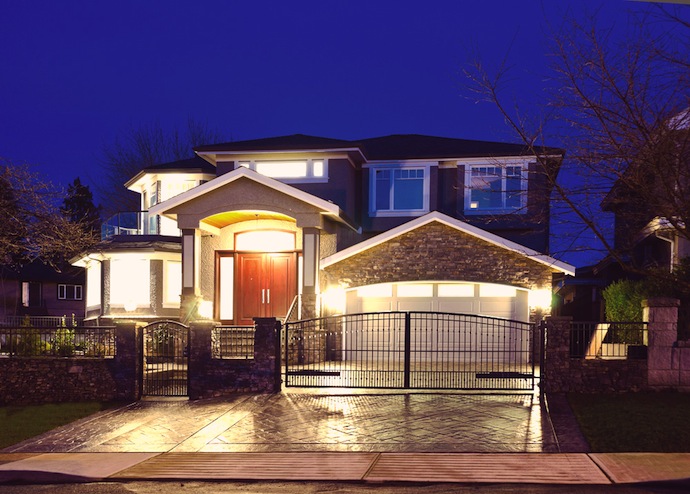Home Builder Confidence Takes A Dip In April


The home-building industry may have been hurt by the housing market collapse more than any other. As more Americans found themselves underwater on their mortgages or unable to obtain credit, fewer and fewer were able to purchase new homes, and the demand for newly-built houses plummeted. Many construction companies downsized because they could no longer provide work for their employees. Home-builder confidence finally seemed to have taken a turn, however, in the final months of 2012, reaching its highest level in nearly six years. Unfortunately, it didn’t last.
After eight consecutive months of improvement, the National Association of Home Builders/Wells Fargo index of Homebuilder Confidence leveled off in January and has declined each month since. A score above 50 is generally considered optimistic, and the April index fell to 42, two points lower than March. So why the return to a pessimistic outlook?
“Although many of our members are reporting increased demand for new homes in their markets, their enthusiasm is being tempered by frustrating bottlenecks in the supply chain for developed lots along with rising costs for building materials and labor,” noted NAHB Chairman Rick Judson. “At the same time, problems with appraisals and credit availability remain considerable obstacles to completing deals.”
Homebuilders saw steep increases in profits during 2012, according to a study form Sageworks, Inc. The study found private residential construction companies saw an average sales increase of 3.6 percent between December 2011 and December 2012. And the US Census Bureau and Department of Housing and Urban Development reported single-family home starts posted double-digit increases in both month-to-month and year-to-year comparisons during 2012. When 2013 began, the NAHB projected a strong year for home builders. But now NAHB chief economist David Crowe says builders are suffering growing pains as the infrastructure that supports the industry works to re-establish itself after the Great Recession.
“During the Great Recession, the industry lost home building firms, building material production capacity, workers who retreated to other sectors and the pipeline of developed lots. The road to a housing recovery will be a bumpy one until these issues are addressed, but in the meantime, builders are much more optimistic today than they were at this time last year,” said Crowe.
Still, even though the NAHB confidence index has dropped the past three months, it is still strong compared to one year ago when it was 24. Plus, the index measure of sales expectations for the next six months actually posted a three-point gain to 43—its highest level since February 2007. In fact, a Commerce Department report due April 16 is expected to show builders broke ground on 930,000 houses at an annualized rate in March—its second-strongest pace in more than four years. And while the Midwest posted a two-point decline in its confidence index to 45, the South saw a four-point decline to 42, and the West dropped three points to 55, the Northeast remained unchanged at 38 points.
Homebuilder optimism may be indicated at scores above 50, but for some reason they never get too far above that benchmark. Even in the midst of the housing boom prior to 2007, the homebuilder confidence index averaged just 55. And it’s made huge strides since the housing bubble burst—it reached a record low of just 8 in January 2009.
Derived from a monthly survey that NAHB has been conducting for 25 years, the NAHB/Wells Fargo Housing Market Index gauges builder perceptions of current single-family home sales and sales expectations for the next six months as “good,” “fair” or “poor.” The survey also asks builders to rate traffic of prospective buyers as “high to very high,” “average” or “low to very low.” Scores for each component are then used to calculate a seasonally adjusted index where any number over 50 indicates that more builders view conditions as good than poor.









































